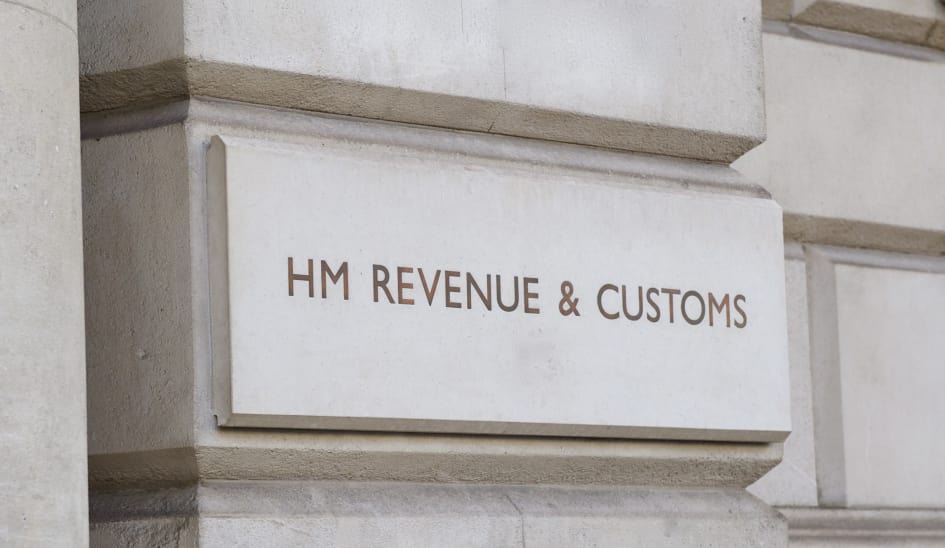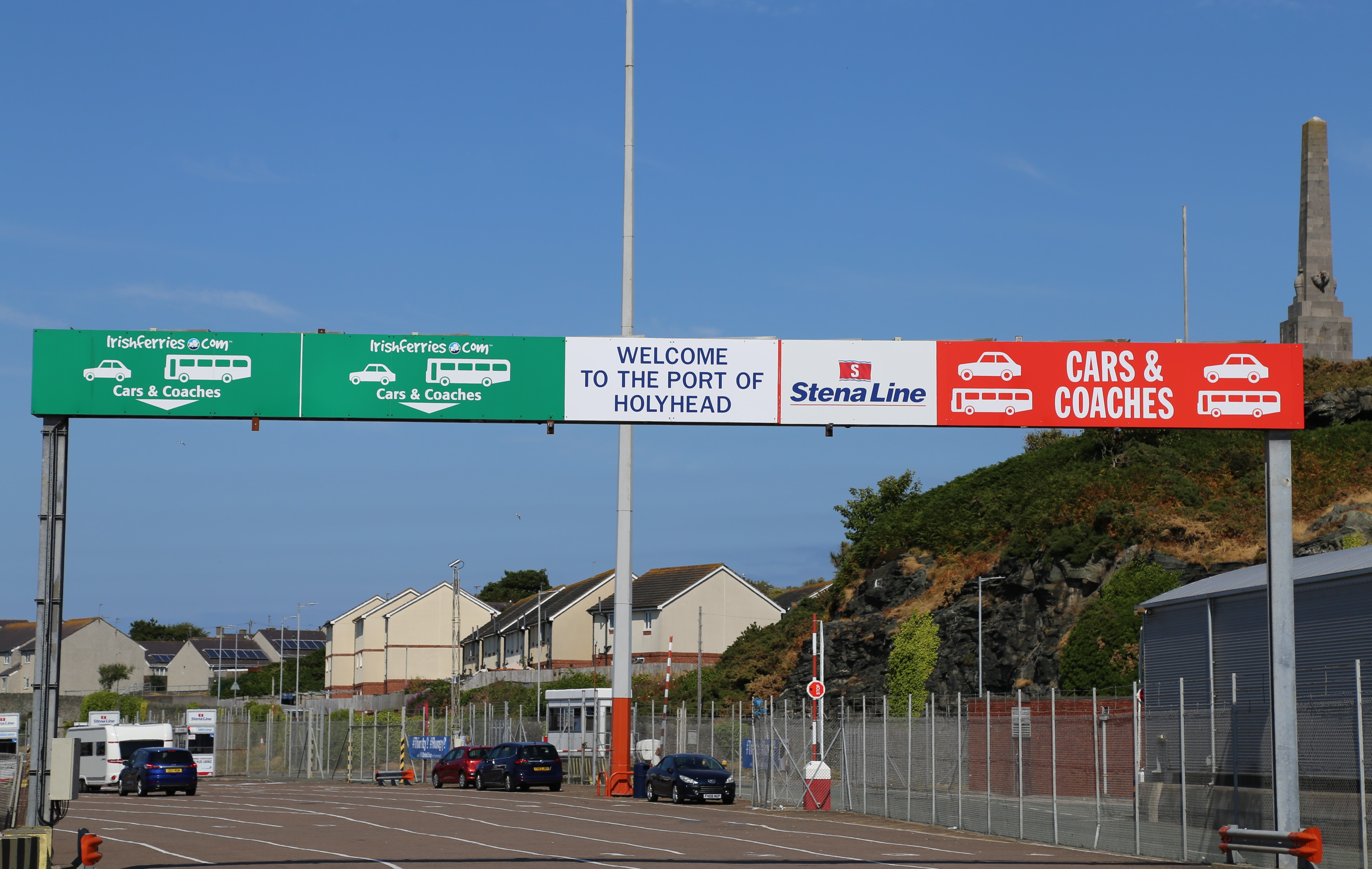ELO Mandate Approaching

What UK Hauliers Need to Know Before April 2025
From Mid April 2025, an Enveloppe Logistique Obligatoire (ELO) will become available. This will become a mandatory requirement for goods transported by road between Great Britain and France on 1st September 2025. This comprehensive guide explains what the ELO is, why it has been introduced, and how hauliers can prepare for this important customs change.
What is the ELO?
The ELO is a digital port pass that serves two key purposes:
- It ensures all necessary customs processes are completed before a vehicle arrives at the border, streamlining the crossing.
- It triggers updates to certain customs procedures, aligning French and UK border processes.
The ELO will replace the current ferry company check-in questions, saving drivers time at the port. It will also provide French authorities with improved visibility over the customs status of goods, reducing manual errors and improving the pairing process. This is the French version of the GMR, if you are familiar with the GVMS process then completing an ELO will come naturally.

Who Creates the ELO?
The ELO can be created by:
- Hauliers
- Freight forwarders
- Customs agents
- Traders
The person creating the ELO must have access to all the necessary customs information for the goods being transported.
Each freight transport unit crossing the border should have an ELO created in advance. One ELO will cover each vehicle.
Key Benefits of the ELO
The ELO offers several significant benefits for hauliers:
- Reduced time spent at the port - The ELO barcode allows vehicles and customs declarations to be quickly "linked" together and verified, speeding up the border crossing process.
- Enhanced visibility for hauliers - ELO creators can track the progress of their goods through the Smart Border system, including whether they are directed to the green or orange customs lanes.
- Simplified border crossings - The ELO aligns French and UK customs procedures, making it easier for hauliers to navigate the requirements on both sides of the Channel.
- Fewer delays - By ensuring all documentation is completed before arrival, the ELO helps reduce common causes of border delays.
- Improved data accuracy - The digital system reduces manual errors that can occur with paper-based processes.
When is the ELO Being Introduced?
The ELO will be available from 1 April 2025, and will become mandatory from 1 September 2025. This aligns with the transition period for the new ICS2 customs system.

The driver presents the ELO which includes information on all complete customs documents linking to that load. While crossing, risk analysis will be performed. When exiting the ferry or the shuttle, the driver is directed to the green or the orange lane depending on the results of the risk analysis.
Green – No checks required and the lorry can continue its onward journey
Orange – Checks required, the driver should go to the customs office at the first point of entry.
What Information is Required for the ELO?
To create an ELO, you will need:
- Vehicle details - Registration number, trailer number, container number (if applicable)
- Driver information - Name and contact details
- Customs declaration references - MRN numbers for export/import declarations or transit
- Safety and security information - Entry Summary Declaration (ENS) references, these should have been migrated to ICS2 to make use of the ELO.
- Special cargo details - Information about any controlled or regulated goods
What Do Hauliers Need to Do to Prepare?
- Designate an "ELO creator" responsible for compiling the necessary customs data and declarations.
- Register for a Prodouane account on the douane.gouv.fr website to create and manage ELOs.
- Ensure all customs documents, including the Entry Summary Declaration (ENS), are complete and up-to-date before creating the ELO.
- Provide the ELO creator with all relevant information about the goods, including any special requirements.
- Upload the completed ELO with all required data before the goods reach the border.
- Consider training staff on the new ELO requirements and processes.
- Update internal systems to incorporate ELO creation into your operational procedures.
How to Create an ELO
- Log in to your Prodouane account on douane.gouv.fr
- Navigate to the ELO creation section
- Enter the required information about the vehicle, driver, and goods
- Link all relevant customs declarations using their MRN numbers
- Generate the ELO barcode
- Share the ELO with the driver or transport company
Frequently Asked Questions
Q: Is the ELO required for all types of goods?
A: Yes, the ELO will be mandatory for all goods transported by road between Great Britain and France.
Q: What happens if I don't have an ELO?
A: After the mandatory implementation date, vehicles without a valid ELO will not be allowed to board ferries or the Channel Tunnel shuttle.
Q: Can I create multiple ELOs in advance?
A: Yes, ELOs can be created up to 30 days in advance of travel. -
Q: How long is an ELO valid for?
A: Up to 30 days, if details change then the ELO can be updated to reflect this.
Glossary of Terms
- ELO - Enveloppe Logistique Obligatoire
- GMR (Goods Movement Reference) - UK port pass barcode used at border crossings to link customs declarations for a single shipment allowing correct completion of customs processes before arrival into the UK.
- GVMS (Goods Vehicle Movement Service) - UK Government system used to generate GMR barcode.
- ICS2 (Import Control System 2) - Provides information on safety and security in advance of cargo arrival.
Resources For Further Information
For the most current information regarding these changes:
How EORI (UK) Can Help
While we cannot influence these government-mandated fees, EORI remains committed to helping our clients navigate the complex landscape of import regulations with minimal disruption to your supply chain.
Our team of experts stay continuously updated on regulatory changes and can provide guidance on the most efficient approaches to compliance, potentially helping offset some of the increased costs through improved process efficiency.
For specific questions about how these changes might affect your imports, please contact our team.


